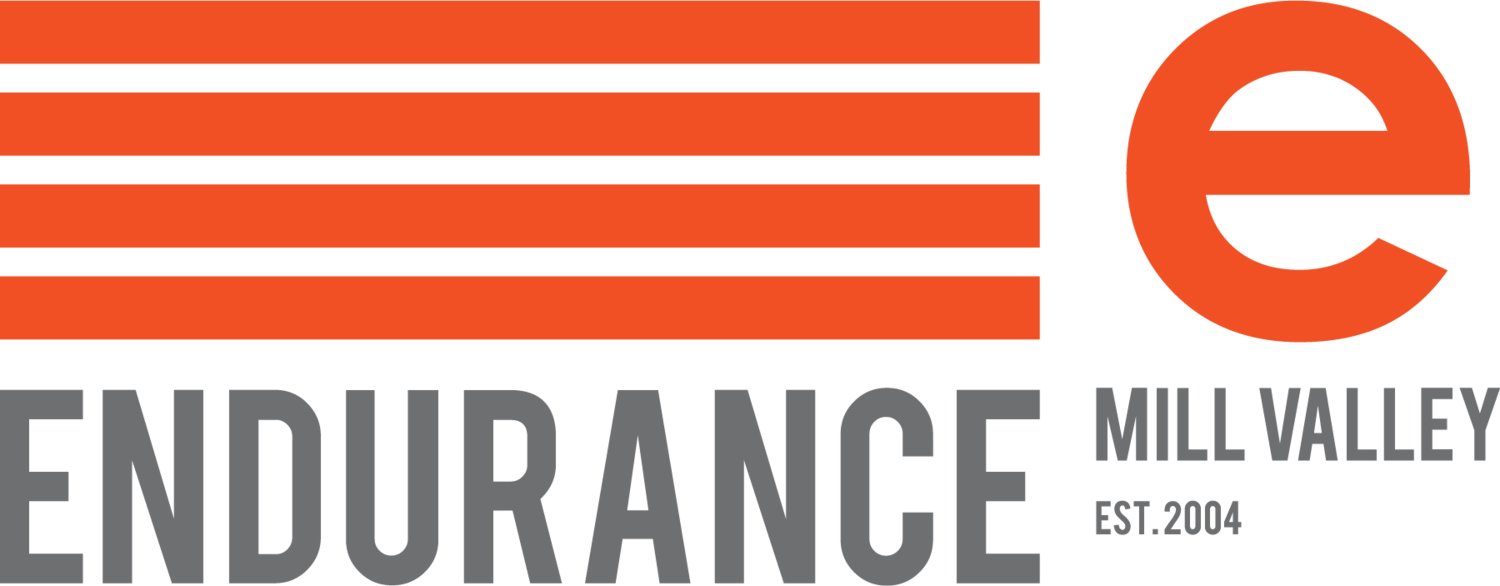Racing Journal feat. John Borstelmann
“Gravel Worlds, a 153-mile course of relentless rolling hills over straight roads and 90-degree corners, was hot from the gun, with some of the favorites putting in attacks as soon as the jeep thing pulled off to signal the end of the neutral roll-out. The pace relaxed a little bit once my ABUS teammate Marc Spratt got a decent gap at mile 25.
At mile 40, we turned into a long tailwind section. Almost immediately, Pete Stetina, Innokenty Zavyalov, and Chase Wark dictated the decisive move, their three-man group bridging up to Marc, the world champion tandem duo of Tristan Bangma and Patrick Bos just a few seconds behind. Recognizing the danger, I opened up the throttle, but never closed the gap to the tandem, having to bridge across all alone. I saw Adam Roberge behind me, in the same situation, and the selection of the day was all but decided. That is until Nathan Spratt of ABUS and John Kariuki of Team Amani made an absolutely monster effort to get across to our group of 7 or 8, who were already working smoothly together, pulling hard and leaving anyone else's hopes of catching us in the dust.
The tandem duo was the talk of the race, accelerating on the downhills to the point where climbers like Nathan and Pete were working harder to catch their wheel every time they'd pull through than they were working on the uphills. This reality eventually popped Nathan, who had never quite fully recovered from his massive bridging effort, as well as John and Chase. Marc had already crashed out in a loose corner. Our reduced group worked relatively well together, except for Adam soft-pulling and taking people off the back, almost convincing us that he was struggling, until he attacked at mile 120 with the sole purpose of dropping Inno. At that point, I knew he was the guy to beat since the tandem was starting to struggle on the uphills and Pete's minute climber frame was at a severe disadvantage on the momentum-favoring rolling terrain.
Nevertheless, there was nothing I could do as Adam barrelled through the final checkpoint at mile 129 without stopping. I had already been out of water for half an hour, so after the quickest fillup I could manage, Pete and Tristan, and Patrick and I started chasing Adam's 45-second gap. Soon, Pete fell victim to the tandem's vicious downhill pulls, never to be seen again. When we turned into the final section of tailwind at mile 134, the gap was small enough that I was able to jump across, dropping the tandem in the process. But alas, a mile and a half later, on a steep downhill with Adam on my wheel, I blew right by a turn, even though he did try to tell me, “left.” I realized it immediately, but it took a few seconds to skid to a stop and a few more to turn around and crank back up the hill to the corner. Adam hit the gas, using my mistake to his advantage. I had lost at least 20 seconds and all my momentum and never closed the gap. I could see Adam over the top of every hill, tantalizingly close, and I pushed my body to the absolute limit, getting tunnel vision and almost passing out at the finish line. I ended up 14 seconds down, finishing the 153-mile course with 11,000 feet of elevation gain just 2 seconds shy of 7 hours, at an average speed of almost 22mph.
Based on weather and water stop locations and an estimated 7-hour ride time, I planned to drink a total of 5 1/2 liters of Precision Fuel & Hydration (PH) electrolyte mix, and I hoped to be able to eat around 700 grams of carbs. Because the race is self-supported, and I can’t predict what food will be available at the aid stations, I brought about 7 SiS gels, a 90g carb Precision gel, 2 30g carb Precision chews, 4 sleeves of Clif Shot Bloks, 2 packages of Nature’s Bakery fig bars, a GU waffle, and a package of cheese cracker sandwiches. At the start, I had a 1L bottle full of PH1500 packets (as a kind of high-sodium in-race pre-load), a 1L bottle full of PH1000 packets, and a 500mL soft flask with PH1000 packet in my pocket. At the first aid station 3 hours in, I filled up my two bottles with PH1000 low-cal tablets. At the second aid station 6 hours in, I filled up one bottle with the same PH1000 low-cal tablets. I didn’t quite finish all of my fig bars and ended up with a spare gel and a few leftover shot bloks, but all that fueling and hydration was crucial to allowing me to maintain a normalized power of 321W, or almost 4.3W/Kg, over 7 hours, including at least an hour total of time spent above my lactate threshold of 416W. I was never quite cramped, although it felt like I was getting close to cramping toward the end. The prior two months spent living and training at altitude certainly helped, but so did the training advice and the fueling and hydration strategy from Endurance PTC.”
-John Borstelmann
